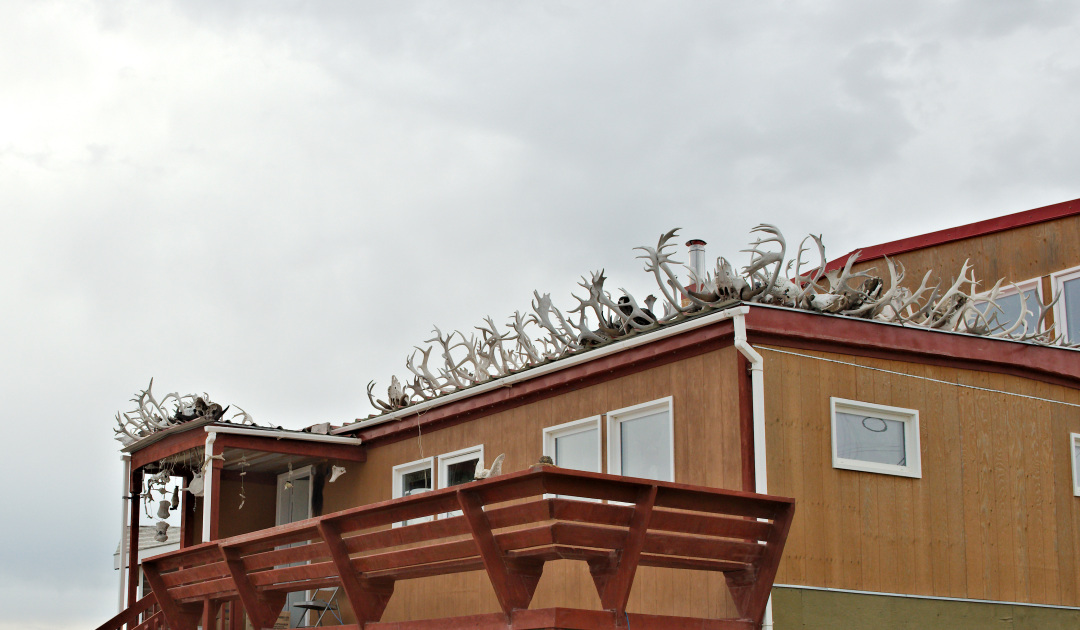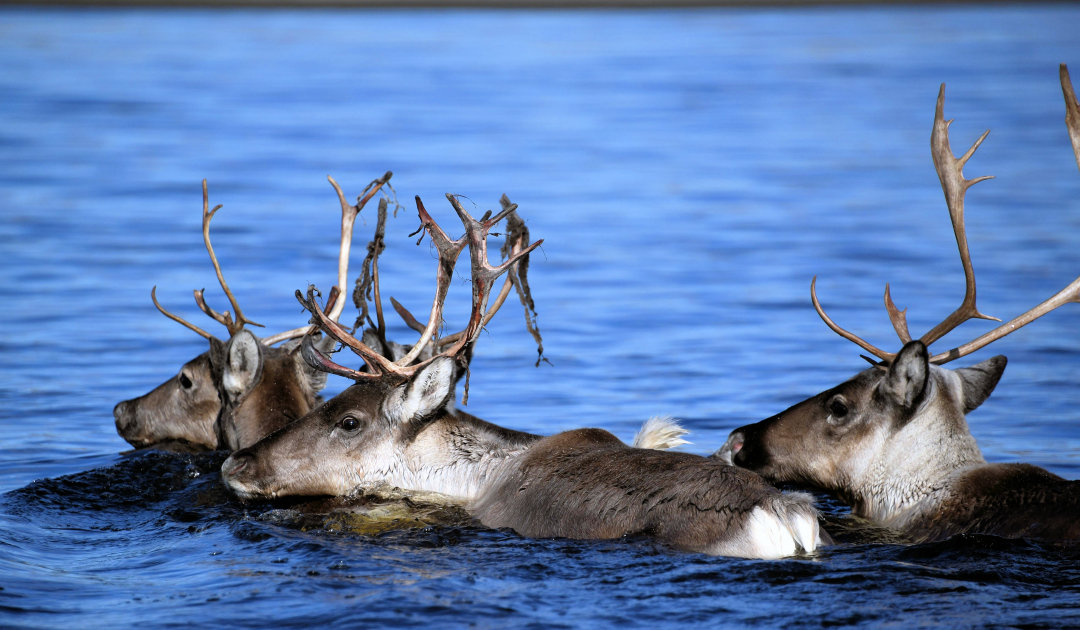
In Nunavut, Canada’s semi-autonomous region in the Arctic, reindeer are an essential part of the diet. Beef and other meats are often too expensive for the local population. However, the hunting of reindeer is regulated so as not to put too much strain on the different populations. But in recent years, the numbers of reindeer in various places have declined and stricter hunting restrictions have had to be enacted. Now the west of Nunavut is also affected and the authorities have issued an emergency order to protect the animals.
According to the authorities, hunters have only been allowed to hunt a total of 42 animals since the beginning of September. The hunting restrictions affect around 4,000 people living in Cambridge Bay, Kuglutuk and other communities. The regional wildlife authority will distribute the 42 animals to match the different municipalities and will issue shooting permits. This is a novelty for the residents. As recently as last year, hunters in the same region were able to shoot between 150 and 200 animals, a representative of the hunting and trapping organisation in Cambridge Bay told the media.

As a reason for the severe restriction, the authorities state that the number of reindeer of the Dolphin and Union Strait population has dropped from about 18,000 to less than 4,000 in three years. As a result, a quota like last year would no longer be sustainable. The Nunavut Wildlife Research Division says there are several factors responsible for the decline. “We know that these cycles have happened historically, but there are other pressures on these caribou herds at the moment,” Drikus Gissing, the head of the wildlife research department, told CBC News. “There’s (industrial) development, there’s larger human populations that harvest from these populations.”

For the department’s experts, however, climate change is one of the main reasons for the massive decline, especially for the Dolphin Union Strait population. This herd has its name from the waterway, which it has to cross twice a year during its migrations. And there’s the problem, because the waterway thaws ealrier in the season and the reindeer have to swim through semi-frozen water, which makes it almost impossible to get on to the ice or on land. Since the animals are already weakened by reduced amount of food in winter, in the spring, the probability of them drowning during the crossing is very high. This has been increasingly observed by local hunters in recent years.


While the hunting restriction is a novelty for the local population, it is by no means a novelty for Nunavut and other Canadian regions in the Arctic. For several years now, various reindeer populations had to be protected by hunting restrictions because their sizes had declined dramatically. The emergency order is also only a first step. Further measures will be discussed at a meeting between the authorities and the population at the beginning of October. Asked why the measures were being implemented only now, even though the population decline had been known for two years, Drikus Gissing explained that last year’s hacking attack had caused the report to be lost and could only be restored late. But after a second opinion on the results had been obtained, the COVID lockdown measures came and delayed the whole thing again. It is to be hoped that this did not have any further negative consequences for reindeer in the region. A new census is currently in the pipeline.
Dr Michael Wenger, PolarJournal
More on the subject:





